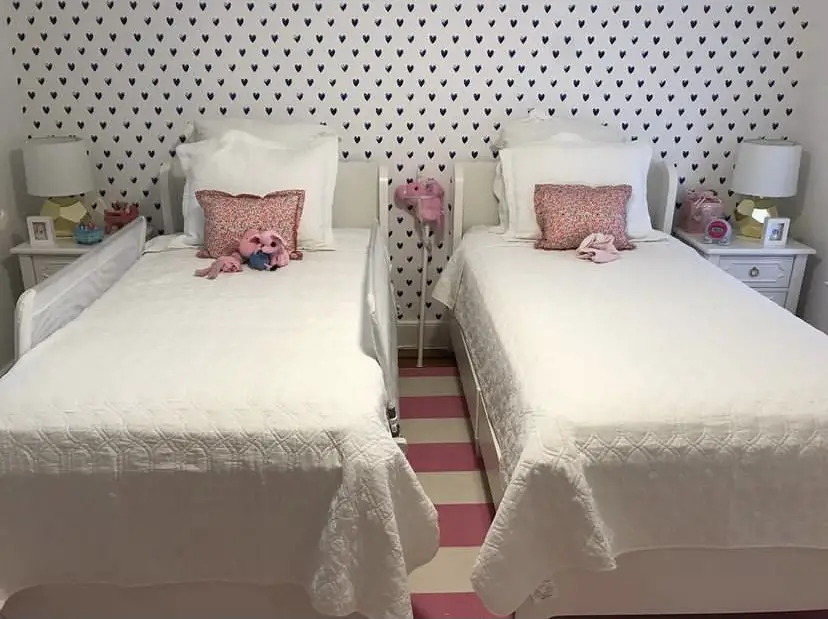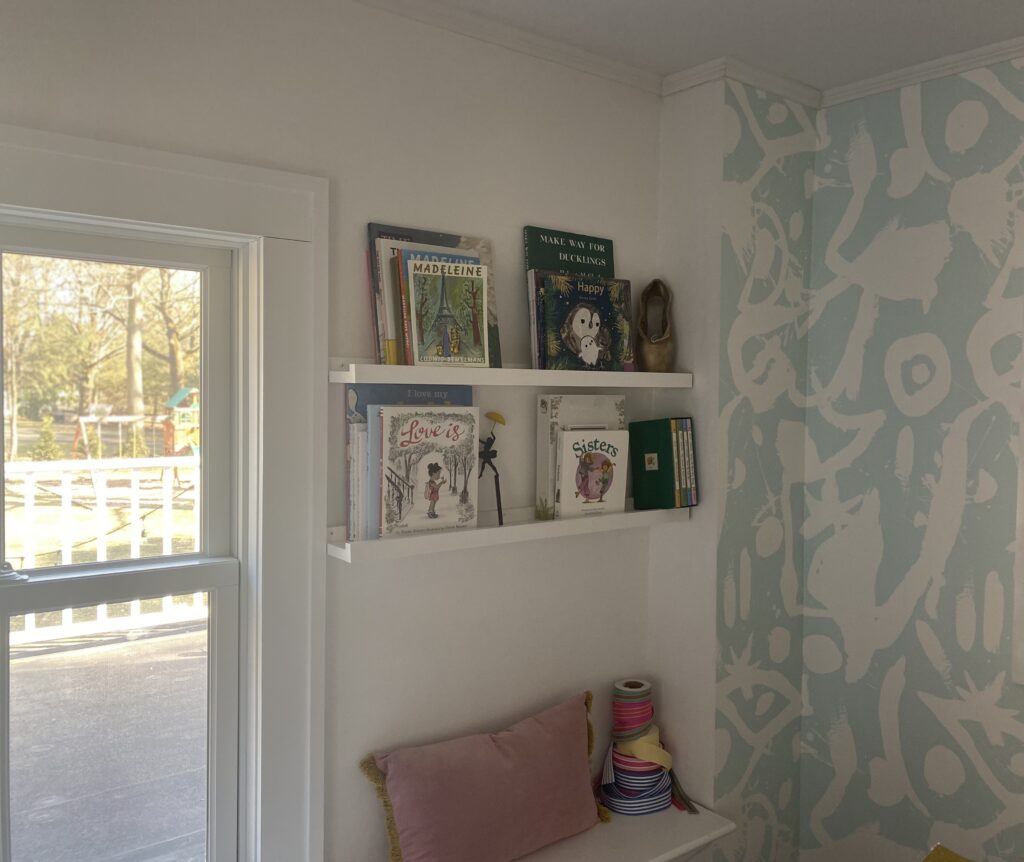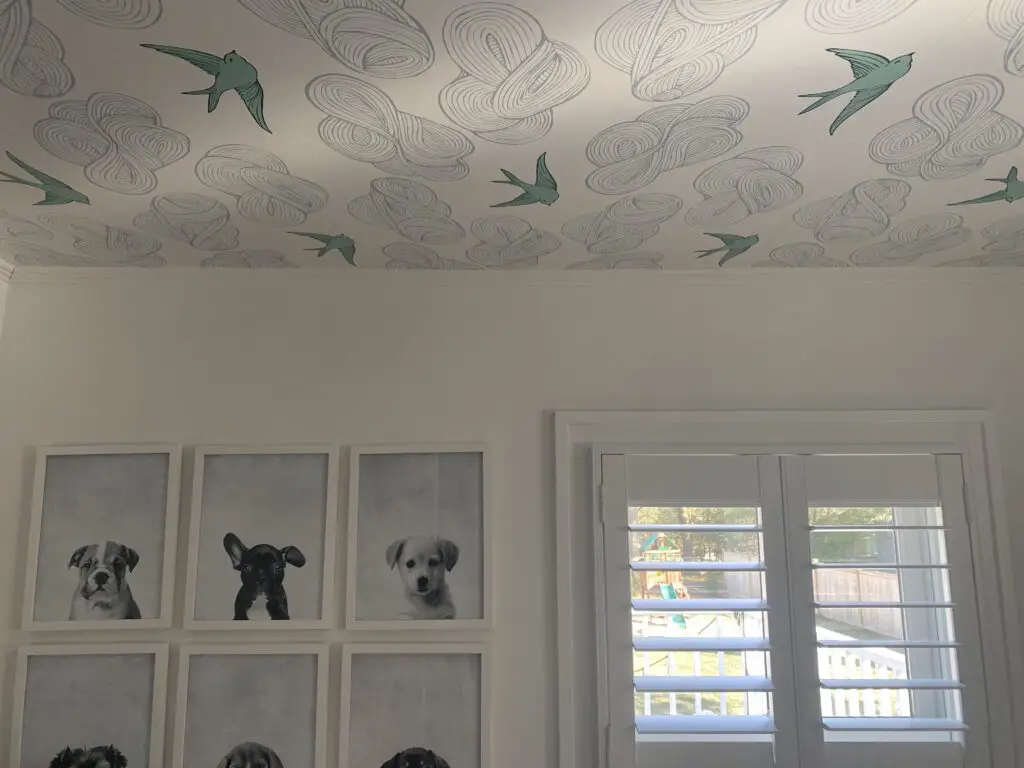Entering a room should give you all the feels. Whether it’s because you’ve decided to keep it simple or because you’ve gone all out with design/color/texture, the room should speak to you (in your language!). Updating a farmhouse can be intimidating, but if there’s one thing we’ve learned, the main idea is to start simple. Don’t stress about paint colors. We love Benjamin Moore’s Chantilly Lace (white). It is their purest white and truly looks the same in every lighting. So from room-to-room, it is a safe bet. Start there. See, deep breaths!
Once the reno of a room/house begins to feel finished, you will want to complete the space by decorating. The good news is that farmhouses share so much character. If it’s a fully renovated farmhouse with modern touches (new windows, new hardware, new spaces, new floorplan) or a fully restored functioning masterpiece (original windows, original moldings, original hardware, same floor plan) either way you should try to tip-toe into decorating any room in your home. Splashing too many modern touches fresh out of the gate can start to overtake the work (and thought!) you’ve put into your project. Restoring a farmhouse, whether full or semi reno, takes a very thoughtful person. Someone that cares about the details. And man, do we care about the details!

Speak to the accents in the room (molding, wainscoting, entryway, door design, hardware) by accenting them with a touch of pattern, color or texture. An accent wall is all the rage and we understand why. It allows us each to add our own personal vibe in a space. After all, it is your dwelling! You have to love it. You have to feel inspired. The farmhouse shares so many sweet details, but maybe it’s time to add an update in order for those charming characteristics to shine through without looking and feeling stale. Accent walls are the perfect way to accomplish this task. They are inexpensive, non-committal (especially now with all of the peel and stick papers available) and allow a punch of style without overtaking the room or space. Here’s how you can get planning…
Choose your room or nook. Now choose your wall. Don’t limit yourself to only the big/empty walls in the room. You can add a touch of wallpaper behind shelving as well! Ask yourself what you want the purpose of this accent wall to be inevitably. Define a space in that particular room (think bar area, work desk or the main attraction people will see when walking in, like a back wall). Once you’ve defined the area, start coming up with color schemes that catch your eye and blend with the flow of the room. Look to find a pattern, solid color or textured paper that speaks to you directly. Even a solid color of paint can accent built-ins or a plain wall. You’ll know it when you find it. Don’t be afraid to mix patterns in the space as well. There’s really no wrong choice here! You just have to love it. Taking a test drive by buying samples of different papers or a small can of the paint color is always a good idea. Stick the samples up on your wall for a period of time so you can “live” with their colors/patterns/vibes. This will really help to pin-point the winner. The (minimal) extra cost of this is worth it in our book.

Once your wallpaper is up, the fun begins! This is when the room really starts to get its own energy. It is easy to get inspired once the room starts to take shape. The creative juices will flow and you will feel ready to pull the trigger on the other pieces in the room. If there is a playful atmosphere happening, think about incorporating a fun and decorative game to a coffee table (checkers/chess/cool dominoes). If it is a more of a serious ambiance, dress up the room with coordinating upholstered furniture and some vintage decorative pieces. How you will use this space really helps in the decorating process as well. Once all is said and done you can sit back and enjoy your space, no matter what the vibe!

A little hint…
Keep in mind – if your farmhouse has plaster walls you will need to treat the wall before using wallpaper. If you have a professional to install the wallpaper (traditional wallpaper) then this should be included in their estimate. Ask ahead of time to be sure so your costs don’t sky-rocket. However, if you plan on DIY-ing with peel and stick paper just remember that researching the “how-to” before getting started is always a good idea. Even the removable wallpaper can bubble over time. Prepping is key, whether plaster or dry-wall. Also, it would be nice to re-use it should you ever need/want. After all, isn’t that the reason for choosing “removable” paper?!



